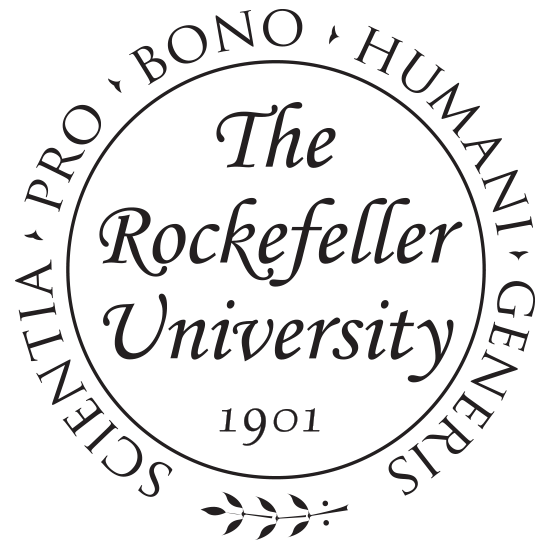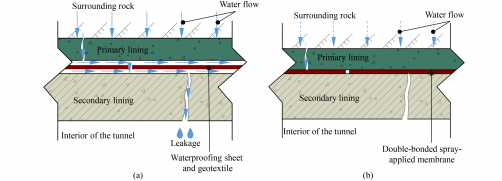Research from an international team led by the Hebrew University of Jerusalem has unveiled how nuclear pore complexes (NPCs) function as critical gatekeepers between a cell’s nucleus and cytoplasm. This groundbreaking study, published in the Proceedings of the National Academy of Sciences (PNAS), provides a comprehensive map of macromolecular transport through NPCs, enhancing our understanding of cellular processes and their implications for diseases such as Alzheimer’s and ALS.
The study reveals that NPCs, although measuring only about one five-hundredth the width of a human hair, facilitate the transport of millions of molecules per minute while effectively screening out unwanted substances. This highly selective and rapid transport process is crucial to many cellular functions. Michael P. Rout, head of The Rockefeller University’s Laboratory of Cellular and Structural Biology, highlights the significance of this research: “We can now model genetic or pharmacological perturbations and then experimentally test the most promising ones.”
Mapping the Complex Dynamics of Transport
Traditionally, NPCs were viewed as either mechanical gates or fixed hydrogel sieves. These perspectives, however, failed to account for the rapid and adaptable nature of nucleocytoplasmic transport. The researchers combined extensive experimental data with theoretical insights to create a unified computational framework that maps the intricate dynamics of molecular transport.
Their findings identified ten molecular features that work in concert to enhance the efficiency and resilience of NPCs. One of the key components is a dense network of flexible protein chains known as FG repeats, which form a dynamic interior within the pore. These protein chains rapidly shift, creating openings that allow small molecules to pass through. Larger molecules, on the other hand, require the assistance of nuclear transport receptors to navigate this complex landscape. As Barak Raveh, the study’s lead author, explains, these receptors act as essential partners, enabling the transport of larger cargoes while maintaining system efficiency.
The researchers’ computational model accurately predicted previously unobserved transport behaviors and elucidated how transient interactions between transport receptors and FG repeats bolster transport efficiency. This insight could pave the way for future research into NPC-associated genetic diseases and the development of NPC-targeting therapeutics.
Implications for Biotechnology and Disease Understanding
The implications of this research extend beyond basic biology. NPCs are central to various critical cellular systems, including transcription, translation, and the cell cycle. By understanding their mechanics, scientists can begin to model how these systems interact, potentially leading to whole-cell modeling.
Moreover, the model could serve as a blueprint for creating artificial nanopores—synthetic versions of NPCs—that could transform biotechnology applications, from targeted drug delivery to advanced biosensing technologies.
Rout emphasizes that while this study represents a significant step forward, many aspects of nuclear transport remain unclear. Future investigations will focus on the roles of different FG nucleoporins and the specific pathways taken by molecular cargoes.
As research progresses, the revelations about NPCs may not only enhance our understanding of neurodegenerative diseases but also inspire innovative approaches in biotechnology, promising to unlock new possibilities in health and medicine.







